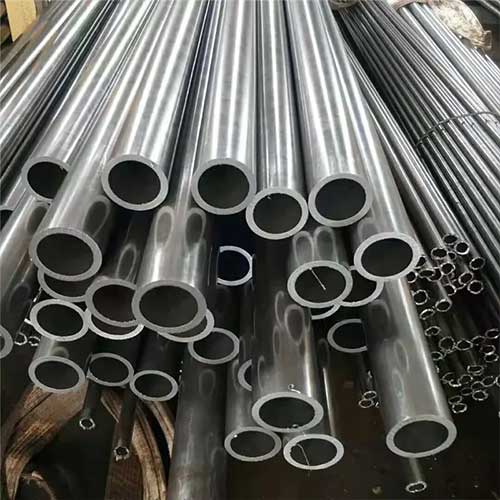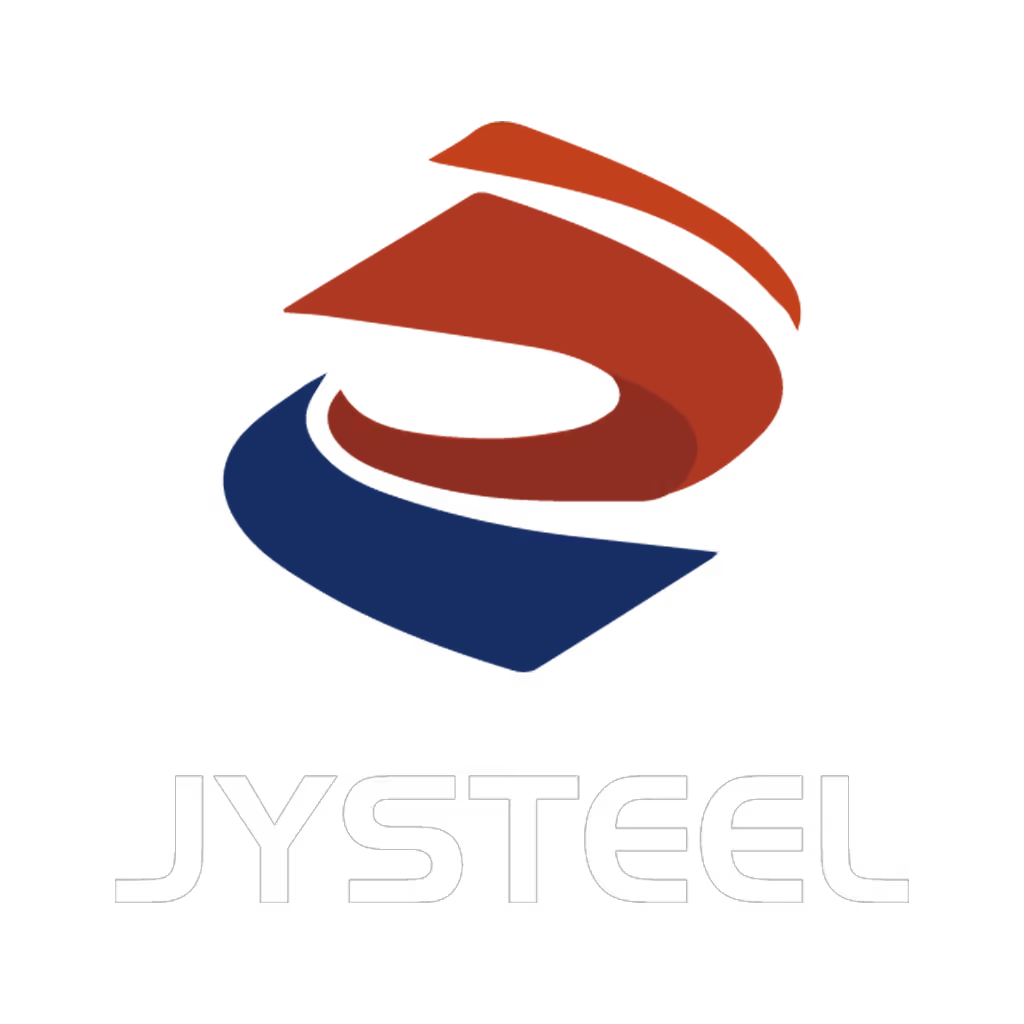
Precision steel tube is an indispensable material in industries requiring high accuracy and mechanical reliability. Understanding the production process, quality standards, and specifications helps manufacturers and engineers select the right tube for their applications.
This article provides a comprehensive overview of precision steel tube production, including raw material selection, manufacturing techniques, inspection standards, surface treatment, and industrial applications. Tables are included to highlight technical specifications and comparison data.
Raw Materials and Their Selection
The choice of raw materials is critical for precision steel tube quality. Commonly used materials include carbon steel, alloy steel, stainless steel, and low-alloy steels. Carbon steel is popular for cost-effective hydraulic, automotive, and general machinery applications, while alloy and stainless steel are chosen for corrosion resistance and high-pressure systems.
| نوع المادة | Common Grades | الخصائص الرئيسية | التطبيقات النموذجية |
|---|---|---|---|
| الفولاذ الكربوني | 20#, 45# | High strength, moderate corrosion resistance | Automotive, machinery, hydraulic systems |
| سبائك الصلب | 42CrMo, 40Cr | High toughness, fatigue resistance | Aerospace, high-performance machinery |
| الفولاذ المقاوم للصدأ | 304, 316 | مقاومة ممتازة للتآكل | Chemical, food processing, and medical devices |
| Low-Alloy Steel | Q345B | قابلية لحام جيدة، قوة معتدلة | Structural pipelines, construction |
The table above shows material options, their properties, and recommended applications, providing guidance for engineers when selecting the appropriate precision steel tube material.
عمليات التصنيع
Precision steel tubes are mainly manufactured through cold drawing, hot rolling, and welding techniques. Each process affects tube tolerances, surface finish, and mechanical performance.
Cold Drawing Process
Cold drawing is a process in which a preformed tube is pulled through a die to achieve precise dimensions. Advantages include improved dimensional accuracy, smooth inner and outer surfaces, increased tensile strength, and reduced ovality.
| Process Step | الوصف | Key Control Points |
|---|---|---|
| إعداد البليت | Cut and clean raw tube billets | Ensure no cracks or surface defects |
| Annealing | Heat treatment to soften steel | Control temperature and time |
| Drawing | Pull the tube through the precision die | Monitor dimensional tolerances |
| Sizing & Straightening | Final adjustment of tube shape | Achieve specified tolerance |
| Inspection | Measure OD, wall thickness, and straightness | Maintain quality standards |
Cold-drawn precision steel tubes are widely used in automotive hydraulic lines, machinery guides, and high-pressure pipelines.
Hot Rolling Process
Hot rolling is suitable for large-diameter or thick-walled precision tubes. Heated billets are rolled into tube shapes and then cooled. This method is faster and more economical for high-volume production, although tolerances are slightly looser than cold-drawn tubes.
| الخطوة | الوصف | مراقبة الجودة |
|---|---|---|
| Billet Heating | Heat billet to 1100-1200°C | Uniform heating |
| الثقب | Punch a hole to form a tube | Monitor wall thickness |
| Rolling | Expand tube to desired OD | Control diameter & ovality |
| التبريد | Controlled cooling to room temperature | Avoid cracks or deformations |
| Straightening | Ensure tube linearity | Verify tolerances |
Hot-rolled tubes are often used in structural applications, construction, and medium-pressure hydraulic systems.
Seamless vs Welded Tubes
| الميزة | Seamless Tube | Welded Tube |
|---|---|---|
| التصنيع | Extrusion or piercing | Strip rolling and welding |
| سعة الضغط | عالية | متوسط |
| تشطيب السطح | سلس | معتدل |
| التكلفة | أعلى | أقل |
| التطبيقات | High-pressure hydraulics, precision machinery | Construction, low-pressure pipelines |
Seamless tubes provide superior mechanical strength and pressure capacity, while welded tubes offer cost advantages for large-scale applications.

Surface Treatment and Finishing
Surface treatments enhance corrosion resistance, wear resistance, and appearance. Common options include:
- Galvanization
- Pre-painted coating
- Electroplating
- Passivation for stainless steel
| Treatment | Purpose | Suitable Tubes |
|---|---|---|
| Galvanization | Corrosion protection | Carbon steel, welded tubes |
| Pre-painted | Aesthetic and anti-corrosion | Carbon steel, low-alloy steel |
| Passivation | Chemical resistance | الفولاذ المقاوم للصدأ |
| Electroplating | Wear and corrosion resistance | Alloy steel tubes |
Selecting the right surface treatment is essential to maximize lifespan and reliability in industrial applications.
Inspection and Quality Standards
Precision steel tubes must meet strict industry standards such as ASTM, DIN, and GB. Inspection includes measuring outer diameter (OD), inner diameter (ID), wall thickness, straightness, surface quality, and mechanical properties.
| Inspection Item | Standard Requirement | Testing Method |
|---|---|---|
| OD & Wall Thickness | ±0.02mm for cold-drawn | Micrometer or laser measurement |
| Straightness | ≤1mm per 1m | Visual & gauge measurement |
| جودة السطح | No cracks, pits, or scale | Visual inspection & UT testing |
| الخواص الميكانيكية | Yield strength, tensile strength, and elongation | Tensile testing machine |
Ensuring compliance with quality standards guarantees safe and efficient performance in demanding applications.
الأسئلة الشائعة
What industries use precision steel tubes?
They are used in automotive, hydraulic systems, machinery, chemical, aerospace, and construction industries.
How to choose between seamless and welded tubes?
Seamless tubes are preferred for high-pressure or high-precision applications; welded tubes are suitable for structural or low-pressure uses.
How to maintain precision steel tubes?
Regular inspections, surface protection, cleaning pipelines, and monitoring operational pressures.
What are the main advantages of cold drawing?
Improved dimensional accuracy, smoother surface finish, increased strength, and tighter tolerances.
What standards govern precision steel tubes?
Common standards include ASTM, DIN, and GB for mechanical properties, dimensions, and surface quality.

